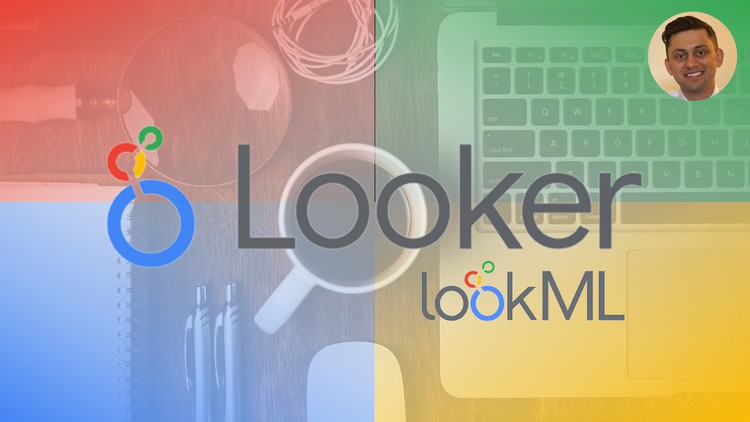Looker - Complete Guide to Google Looker - LookML Developer
Master Looker and LookML to create views, dashboards, and databases with the beginner to expert Looker and LookML guide
4.60 (425 reviews)

2,630
students
7 hours
content
Apr 2025
last update
$64.99
regular price
What you will learn
Get certified in using Looker and LookML as Business Intelligence, Visualization, and Data Model tool
Get familiar with Looker's platform, interface, and terminology
Analyze data, create beautiful visualizations, and build sophisticated reports and dashboards
Use LookML to connect to underlying raw data
Use LookML to construct views, dimensions, and measures that are then used in Explores
Use LookML to join several views together into one piece of analysis or Explore
Use LookML to create actions and workflows associated with your data
Use LookML to create sophisticated modular dashboards, right from a structured language
Screenshots




4483022
udemy ID
1/8/2022
course created date
1/13/2022
course indexed date
Bot
course submited by